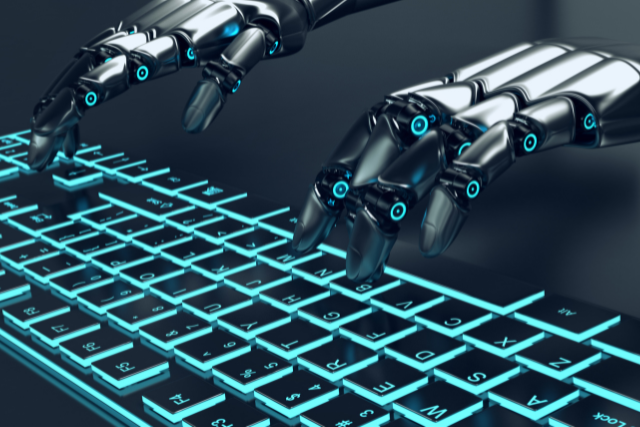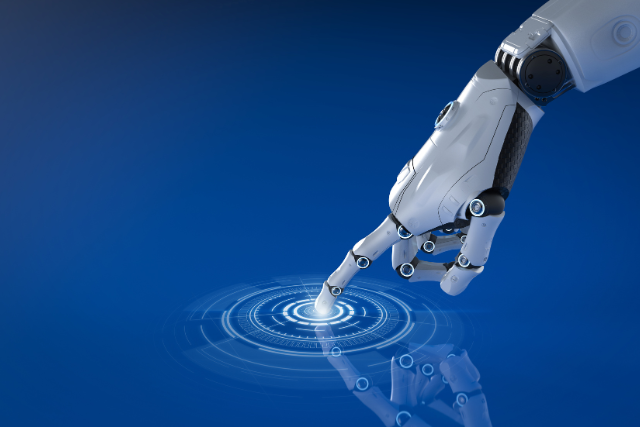The potential of artificial intelligence (AI) often appears boundless, but this vast potential is accompanied by significant challenges, including concerns about bias, misinformation, and privacy violations. Addressing these issues ethically is the driving mission behind the One-U Responsible AI Initiative (RAI). Launched in the fall of 2023, the initiative held its inaugural symposium this September, drawing a full house of attendees eager to explore the intersection of AI and responsibility.
Leveraging Strengths in Health Research
Health research stands as one of the initiative’s three primary focus areas. Dr. Manish Parashar, director of One-U RAI and professor at the Kahlert School of Computing, highlighted the University of Utah’s unique capacity to lead advancements in AI-driven health research. Citing the university’s robust health research ecosystem and extensive health data resources, Parashar emphasized, “We have the strengths, the data, and the expertise to make a meaningful impact across the state.”

“It’s clear that AI is transforming every aspect of our lives. It’s driving innovation, accelerating discoveries, and amplifying impact on science and society. It’s really impacting every aspect of what we do.”
Image courtesy of the University of Utah
Dr. Nina de Lacy, assistant professor of psychiatry at the Spencer Fox Eccles School of Medicine (SFESOM) and leader of RAI’s Healthcare and Wellness working group, believes these efforts will resonate far beyond Utah. She views the state as a microcosm for addressing urgent global health challenges, including the impact of climate change on health and improving healthcare access for rural and remote communities. “The Mountain West offers an incredible opportunity to develop solutions that can address issues affecting populations worldwide,” de Lacy explained.

“I was extremely impressed with what the University of Utah and the Huntsman family are trying to do here in Utah. This is the only effort of its kind that I know of where the university, private donors, and the community are coming together to focus on mental health at a national and international scale.”
Image courtesy of the University of Utah
AI in Obstetric Decision-Making
Among the pressing challenges in healthcare, stillbirth remains a critical concern, affecting 1 in 160 pregnancies. Dr. Nathan Blue, an assistant professor of obstetrics and gynecology at SFESOM, is leveraging AI to tackle this issue. As a specialist in high-risk pregnancies, Blue recognizes the complexities of determining optimal delivery times—a decision fraught with trade-offs between preventing stillbirth and avoiding premature births.
Blue is developing an AI tool to predict stillbirth risks in complex pregnancies, utilizing “explainable AI” to provide transparency in the factors influencing predictions. This clarity helps clinicians address biases and integrate data at scales beyond human capacity. If successful, Blue’s work could revolutionize obstetrics and profoundly impact healthcare at large. “We were all born,” Blue noted. “This has transformative potential for human health.”
“The holy grail for obstetric decision-making is knowing when to recommend delivery.”
Image courtesy of the University of Utah

Transforming Medical Imaging with AI
While Blue focuses on pregnancy-related data, Dr. Shireen Elhabian, associate professor at the Kahlert School of Computing, is advancing AI applications in medical image analysis. Her work seeks to enhance how doctors interpret medical images such as X-rays and MRIs, which represent approximately 90% of health data.
Elhabian is creating AI-powered tools that enable physicians to extract more comprehensive and precise insights from medical images with minimal expert input. These tools can model anatomical structures in 3D, providing a deeper understanding of patient health and aiding in monitoring treatment efficacy or assessing future injury risks. However, she is quick to clarify that AI is not meant to replace medical professionals. “AI is here to complement experts, revealing hidden insights and improving workflow efficiency,” Elhabian said.

“AI is not here to replace medical experts. It’s about revealing what’s hidden and enhancing workflow.”
Image courtesy of the University of Utah
A Shared Responsibility
Throughout the symposium, the importance of designing AI systems responsibly was a recurring theme. Speakers stressed the need to prioritize human involvement, minimize bias, and safeguard privacy in AI applications.
Dr. David Danks, professor of data science and philosophy at UC San Diego, framed AI as a human-driven force rather than an unstoppable external phenomenon. “AI is not a hurricane bearing down on us. It is us,” he remarked. “Events like this remind me that we have the capacity to do better.”
The symposium underscored a hopeful vision for AI’s role in healthcare—one rooted in responsibility, collaboration, and innovation aimed at improving lives while maintaining ethical integrity.
Are you interested in learning more about AI healthcare? Subscribe to our newsletter, “PulsePoint,” for updates, insights, and trends on AI innovations in healthcare.




